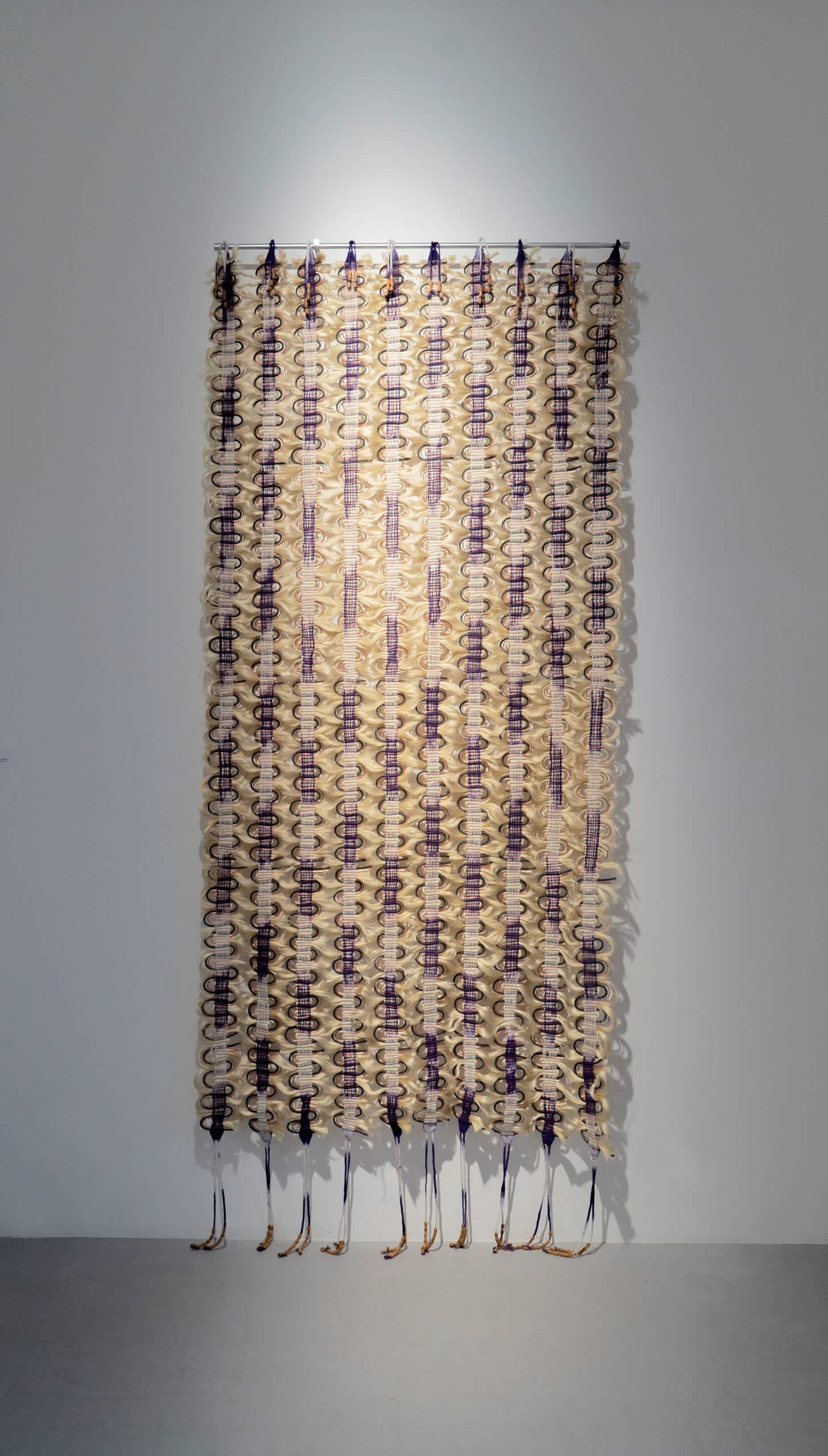The map and the territory is the final chapter of total climate, a cycle of exhibitions reflecting upon the relationship between colonial history and ecology. Opening on 5 June 2025 to coincide with London Gallery Weekend, the exhibition features works by Abbas Zahedi, Akeem Smith, Chloe Quenum, Diane Cescutti, Haroun Hayward, Tanoa Sasraku, and Theresa Weber.
Inspired by discourses exploring the links between social inequality, structural racism and environmental deterioration, total climate presents the work of artists whose practices conjure the interwovenness of natural and historical processes, exposing the way in which natural exploitation, cultural domination and territorial possession are always already part of the same imperial gesture.
Subtitled the map and the territory, total climate’s third chapter examines the ideologies hidden behind established conceptualizations of space and time, beginning by acknowledging that the way we measure and represent the world has a history, and that the development of maps and clocks is closely tied to the logic of colonial expansion. These instruments, originally designed to serve an imperialist political and economic agenda, aimed to accelerate colonial growth. In doing so, they increasingly distanced us from premodern and non-Western ways of conceiving, understanding, and experiencing space and time—ways that are often aligned with cycles observed in the living environment.
Through existing and specifically-commissioned artworks, the artists in the exhibition challenge the widely accepted notion of space and time as self-evident phenomena. Defying conventional metrics, some of the exhibited works explore the discrepancies between territory formation and their modes of representation by, for instance, producing alternative techniques of mapping that incorporate fiction, computation, or material history. Other artworks use site-specific intervention, sound or assemblage as methods to redistribute the coordinates of spatial and temporal structures, inviting us to experiment with new modes of orientation, circulation and perception.



